About Forest District
Forest resources
Silviculture
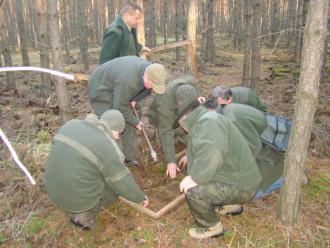
Forest protection
Forest use
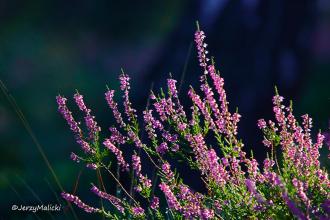
Forest management
Hunting
 Asset Publisher
Asset Publisher
LEŚNE GEOFITY
LEŚNE GEOFITY
Tegoroczna wiosna klimatyczna czyli okres w którym średnie dobowe temperatury powietrza wahają się pomiędzy 5 a 15°C nastała wyjątkowo szybko. Efektem tego jest wiele kolorowych kobierców roślin porastających dno lasu.
Ciekawe kompozycje tworzą tzw. leśne geofity czyli rośliny, które wczesną wiosną możemy spotkać w buczynach, grądach lub dąbrowach. Geofity to byliny posiadające pączki odnawiające, które spędzają niekorzystny dla wegetacji okres roku w organach podziemnych takich jak bulwy, kłącza lub cebulki. Na terenie Nadleśnictwa Wymiarki pojawiły się fioletowo-niebieskie płaty porośnięte cebulicą dwulistną (Scilla bifolia). Widok kolorowych gron kwiatowych w drzewostanach bezlistnych, rozpoczynających dopiero wegetację stanowi ciekawą kompozycję barwną.
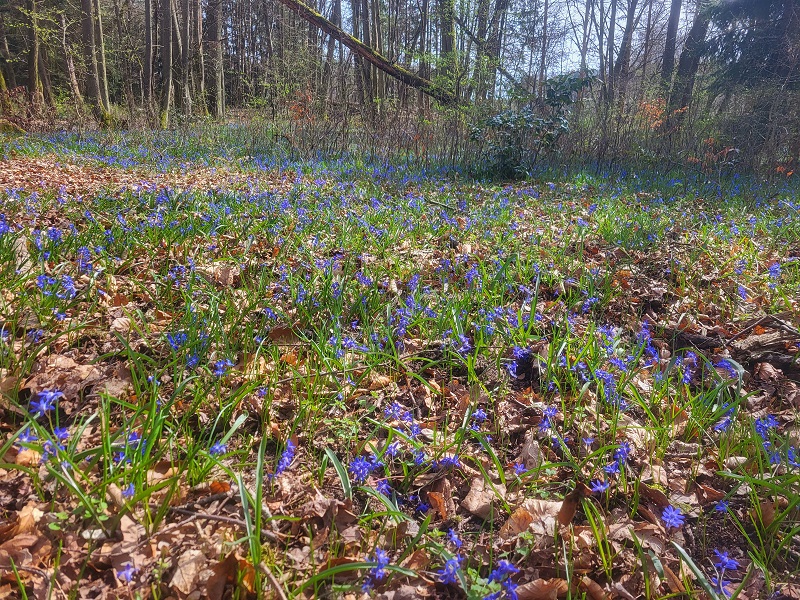
fot. Jakub Kazimir
Warto zwrócić uwagę na leśne geofity podczas leśnych wędrówek, zanim „zaginą” w późniejszej, bardziej bujnej roślinności. Wspomniana roślina jest gatunkiem charakterystycznym dla zbiorowiska roślinnych Querco-Fagetea czyli mezotroficznych i eutroficznych lasów liściastych zrzucających liście na zimę, rosnących na glebach mineralne o różnym stopniu wilgotności. Cebulica dwulistna kwitnie od marca do kwietnia. Jest samopylna lub zapylana przez owady. Ciekawostką jest tzw. myrmekochoria czyli roznoszenie nasion roślin przez mrówki, które gubiąc nasiona podczas transportu do mrowiska przyczyniają się do powiększania areału występowania danej rośliny. Obszar na którym występuje opisywana roślina to teren gdzie w okresie przed II wojną światową tętniło wiejskie życie, lecz osada nie dotrwała do czasów dzisiejszych. Należy również stwierdzić, że tak bujne kobierce występujące w roku bieżącym są efektem znikomej populacji dzika występującej na tym terenie, co stanowi skutek obecności ASF oraz redukcji populacji tego gatunku realizowanej przez myśliwych.


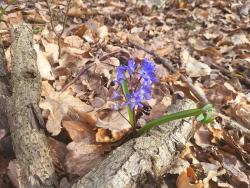 Cebulica dwulistna (fot. J.Karwański)
Cebulica dwulistna (fot. J.Karwański)
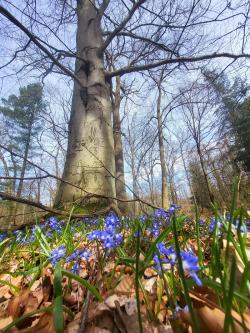 fot. Jakub Kazimir
fot. Jakub Kazimir
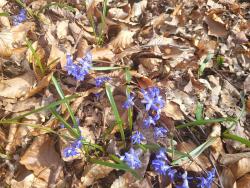 fot. J.Karwański
fot. J.Karwański






